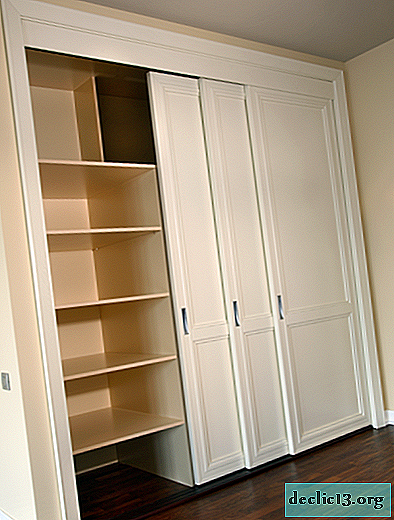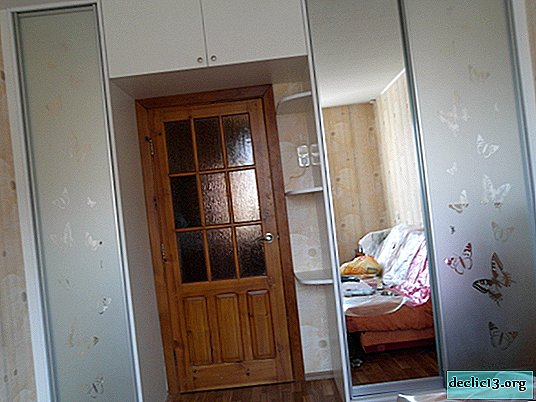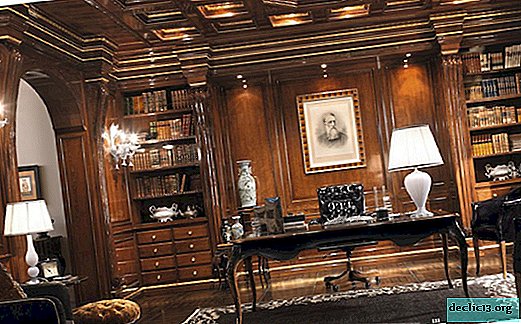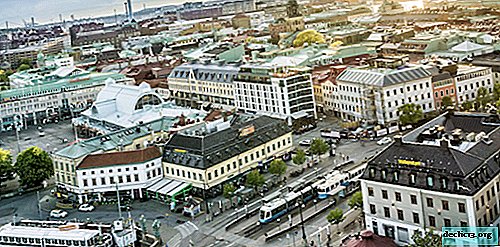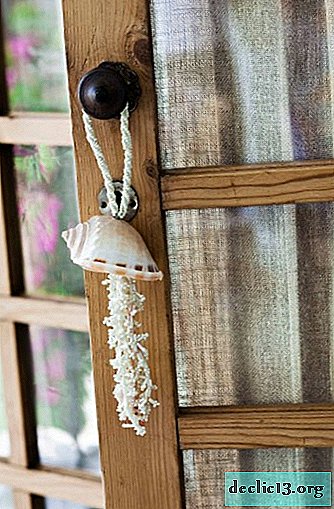Anne Frank House Museum in Amsterdam
Among the memorable places of Amsterdam there is a tourist attraction of global significance. Anne Frank House is a museum in memory of a Jewish girl, one of the many victims of Nazi terror. Anna's name gained worldwide fame after the publication of her diary, "Shelter," which Frank kept, hiding with relatives from the Nazis. This Jewish family spent more than two years in the secret rooms of the house. Now a museum is open here, which has become a reminder to the whole world about the atrocities of Nazi Nazism.
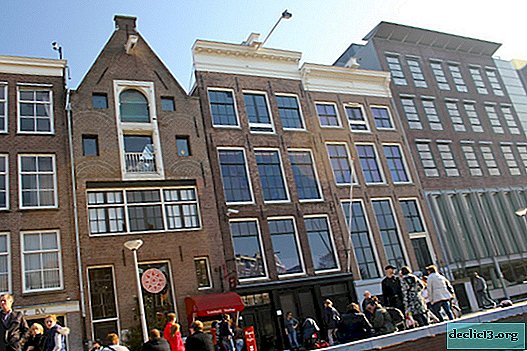
Museum History
The old mansion, in which the Anne Frank Museum is open, has been towering on the Prinsengracht promenade for more than 280 years. At different times, it was a residential building, warehouse, industrial building. In 1940, a jam supplement company was located here, managed by Otto Frank, Anna's father. It was here that he and his relatives had to hide from the hijacking of Nazi concentration camps during the occupation of Amsterdam by German invaders.

In the early 50s, it was decided to demolish this old building. However, by that time, Anna's diary, written in this house, had been published and became a world bestseller. Thanks to the help of caring people, the house was restored, and in 1960 the Anne Frank House Museum was founded in it.

Until 1933, the Frank family lived in German Frankfurt am Main. With the seizure of power by Hitler, the family decided to leave Germany. The father first emigrated to Amsterdam, and later his wife and two daughters moved to him. However, Nazism overtook refugees here.
From May 1940, Amsterdam was occupied by Nazi troops. From the first days of the occupation, persecution of persons of Jewish nationality began. Otto Frank attempted to emigrate with his family to the United States or Cuba, but failed to do so. In the summer of 1942, Anna's elder sister received a summons to send her to a concentration camp, as a result of which it was decided to hide as a family in the shelter.

Shelter where you could hide from the Nazis, was the place of work of Otto Frank. In the old house on floors 2-5 there were isolated rooms, the only passage into which was blocked by a bookcase. In addition to the Franks, another Jewish family settled here, as well as a Jewish dentist. Illegals had to exercise extreme caution, because in this house, literally behind the wall, the work of the company continued.
Anne Frank was 13 years old at the time of the relocation. For more than 2 years of life in this house, the girl described in the diary the everyday life of illegal immigrants and those tragic events that they witnessed.

In August 1944, as a result of the denunciation of an unknown person, the shelter was opened and all the people hiding in it were arrested, after which they had to go through the horrors of Nazi concentration camps. In the spring of 1945, Anna, her sister and mother died of typhus, not living only 2-3 weeks before the British liberated the camp in which they were.
The only surviving father of the family did a lot in order to perpetuate the memory of his talented daughter and convey to the international community all the horrors of Nazism and the Holocaust. The fact that the Anne Frank House Museum in Amsterdam enjoys such wide popularity is largely due to his merit.
Museum exhibits

The museum tells visitors about one of the most tragic episodes of world history - the Holocaust. Part of its premises were recreated in the form that they were during the war years before the pogrom, organized during Nazi searches.
In front of the house is a small statue of a girl - a monument to Anna Frank, who brought the whole world the truth about the atrocities of Nazi Germany.
The main exhibit of which the Anne Frank Museum, located in Amsterdam, is proud of is the original of her diary. After the arrest of the family, he was stolen and saved by the sympathetic Dutchwoman Mil Guise, and then transferred to the girl’s father. It was first published in the Netherlands in 1947, and after 5 years it was released in large print runs in the United States and Great Britain, becoming a world bestseller. The Shelter Diary has become the literary basis for films and other works of art. A copy of its original is kept at the Anne Frank Center Berlin.

Also among the exhibits you can see numerous photographs of Anna, members of her family and other prisoners of the shelter, their personal belongings and household items of those years. Visitors can learn about the course of life in the shelter, how illegal people were supplied with food, how they lived and celebrated holidays.

Photos of the streets of Amsterdam of those years, old things, portraits of Anna’s idols, nicks on the door trim - all this immerses visitors in the atmosphere of the dark time of the German occupation and helps to understand the feelings of people in this tragic setting.
There is also a real Oscar figurine, which was donated to the museum by Hollywood actress Shelley Winters. She received this award for the best supporting role in the film, based on the diary of Anne Frank. Another important exhibit is a photo album released in 1992. He put together a lot of photographs telling about the life of a Jewish girl who became a legend.

The program of visiting the House-Museum includes watching a film about a talented German girl. Visitors are given the opportunity to buy printed materials and the publication of the Diary as a keepsake.
You will be interested in: Wax Museum in Amsterdam - useful information for tourists.Find out RATES or book any accommodation using this form
Useful Tips
Anne Frank's home in Amsterdam is visited annually by over a million people from all over the world. The great popularity of this museum has its flip side - without preliminary booking of tickets, getting here can be difficult.
You can book tickets to the Anne Frank Museum in Amsterdam by visiting its official website. This must be done at least 2 months before the planned trip, as at a later date, tickets for the selected date may not appear.
However, even in the absence of booked tickets, you can get to this museum using our tips.

From 9 a.m. to 3.30 p.m., only visitors are allowed to the museum with tickets purchased online on the official site of the attraction (www.annefrank.org). The rest of the time you can go through tickets purchased on the same day at the box office of the museum. Typically, the queue at the cash register is very large, it can stand for several hours and leave with nothing.
To prevent this from happening, you should:
- Choose a weekday to visit, as at the weekend the influx of tourists is maximum.
- Choose a day with good weather, on such days people prefer to walk through the streets rather than through the museum halls.
- Come to the ticket office 1.5-2 hours before the opening, to take the queue one of the first.
- Arrive an hour before the museum closes, especially on the days when it is open until 22.00.
Note: The most interesting museums in Holland - TOP 12.
Compare accommodation prices using this form
Practical information
Opening hours:
- From April to October - 9-00-22-00.
- From November to March - 9-00-19-00 (Saturdays - 9-00-21-00).
- On holidays, opening hours vary.
- Up to 15-30 they are allowed to enter only by prior reservation.
- Entrance no later than half an hour before closing.

Ticket price:
- Adults 18 years and older - € 10.
- Children 10-17 years old - € 5.
- Children under 9 years old can attend for free.
- When buying online tickets cost € 0.5 more.
- Book tickets here - www.annefrank.org.
Prices in the article are current for June 2018.

Anne Frank Houselocated at: Prinsengracht 263-267, Amsterdam.


